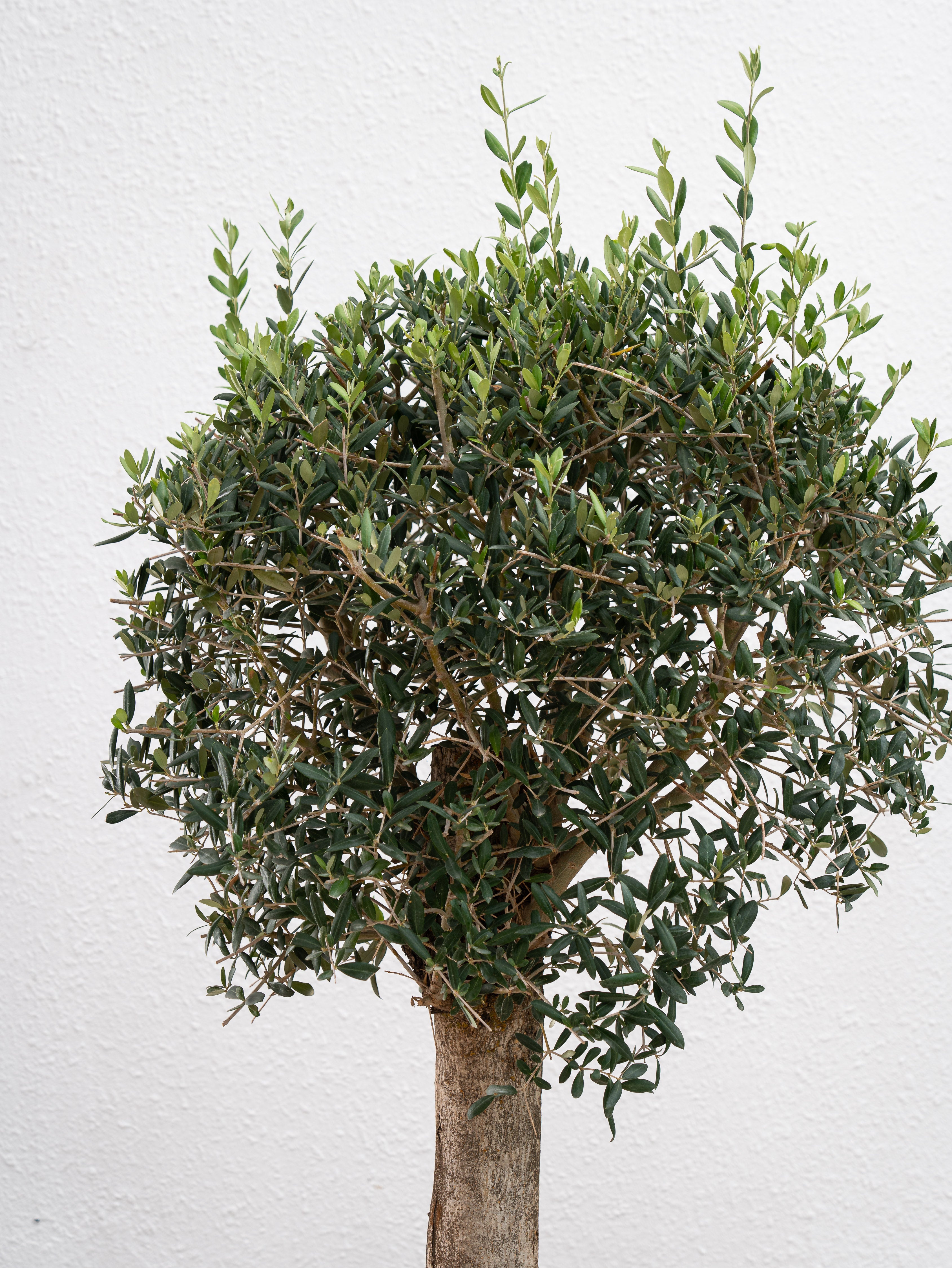In today's fast-paced world, finding the time to care for houseplants can be a challenge, especially for busy professionals. However, incorporating greenery into your living or working space doesn't have to be a hassle. Snake plants (Sansevieria), also known as mother-in-law's tongue, are perfect for those with a hectic lifestyle.
These resilient plants require minimal care and can thrive in various conditions, making them ideal for anyone looking to add a touch of nature to their environment without the constant upkeep. Here’s a comprehensive guide on how to care for your snake plant, tailored specifically for busy professionals in 2024.
Also Read- How To Repot And Propagate Snake Plants: A Step-By-Step Guide
Why Choose Snake Plants?

Snake plants are not only aesthetically pleasing but also offer several benefits:
- Low Maintenance: They are extremely hardy and can tolerate neglect.
- Air Purification: Snake plants improve indoor air quality by removing toxins like formaldehyde, benzene, and xylene.
- Adaptability: They thrive in a variety of light conditions, from low to bright indirect light.
- Health Benefits: Having plants indoors can reduce stress, enhance mood, and improve overall well-being.
Also Read- Green Medicine: How Snake Plants Can Improve Your Health Naturally
Placement and Light Requirements

One of the main reasons snake plants are perfect for busy professionals is their adaptability to different lighting conditions.
- Low Light: Snake plants can survive in low-light conditions, making them ideal for offices or rooms with minimal natural light.
- Indirect Light: For optimal growth, place your snake plant in bright, indirect light. A spot near a window that receives filtered sunlight is perfect.
- Artificial Light: They can also thrive under fluorescent lighting, which is common in many office environments.
Also Read- Snake Plants In Office Spaces: Enhancing Productivity And Wellbeing
Watering Schedule

Overwatering is one of the few ways to harm a snake plant. Here’s a simple watering guide:
- Infrequent Watering: Water your snake plant every 2-4 weeks. Allow the soil to dry out completely between waterings.
- Winter Care: During the winter months, reduce watering to once every 6-8 weeks, as the plant's growth slows down.
- Drainage: Ensure the pot has good drainage to prevent water from accumulating at the bottom, which can lead to root rot.
Soil and Potting

Snake plants aren’t fussy about their soil, but good drainage is essential.
- Well-Draining Soil: Use a well-draining potting mix, such as a cactus or succulent mix.
- Right Pot: Choose a pot with drainage holes. Terracotta pots are a great option as they help wick away excess moisture from the soil.
- Repotting: Snake plants grow slowly and don’t need frequent repotting. Repot only when the plant becomes root-bound, typically every 2-3 years.
Fertilization

Snake plants don’t require much fertilization, but occasional feeding can promote healthy growth.
- Mild Fertilizer: Use a balanced, all-purpose houseplant fertilizer diluted to half strength.
- Frequency: Fertilize once in the spring and once in the summer. Avoid fertilizing in the fall and winter when the plant’s growth slows down.
Temperature and Humidity
Snake plants are quite resilient and can adapt to a range of temperatures.
- Optimal Temperature: They thrive in temperatures between 70°F (21°C) and 90°F (32°C). They can tolerate temperatures as low as 50°F (10°C), but prolonged exposure to cold should be avoided.
- Humidity: Snake plants prefer low to moderate humidity. They can adapt to higher humidity levels, but ensure the soil is not constantly moist.
Pest Control
Snake plants are relatively pest-resistant, but they can occasionally attract pests like mealybugs and spider mites.
- Regular Checks: Inspect your plant regularly for signs of pests.
- Natural Remedies: If you notice pests, wipe the leaves with a cloth dipped in a solution of water and mild dish soap. Alternatively, you can use neem oil or insecticidal soap.
- Isolation: If your plant is infested, isolate it from other plants to prevent the pests from spreading.
Additional Tips for Busy Professionals
Use a Self-Watering Pot
Consider using a self-watering pot to reduce the frequency of watering. These pots have a reservoir that supplies water to the plant as needed, ensuring consistent moisture without the risk of overwatering.
Set Reminders
Use your smartphone or digital calendar to set reminders for watering and fertilizing your snake plant. This can help you keep track of your plant care routine despite a busy schedule.
Incorporate Plant Care into Routine
Incorporate plant care into your regular routine. For example, water your plant on the same day you perform other weekly chores. This helps make plant care a habit without needing extra effort.
Group Plants Together
If you have multiple plants, group them together. This can create a microenvironment with slightly higher humidity, benefiting the plants. It also makes watering and care more efficient as you can tend to all your plants at once.
Conclusion
Snake plants are an excellent choice for busy professionals looking to add some greenery to their space without taking on a high-maintenance plant. Their adaptability, low water needs, and resilience make them perfect for hectic lifestyles.
By following these simple care tips, you can ensure your snake plant thrives, providing you with cleaner air, a touch of nature, and the satisfaction of nurturing a living plant, all with minimal effort. Embrace the benefits of indoor greenery with the hassle-free charm of snake plants in 2024!













Leave a comment
This site is protected by hCaptcha and the hCaptcha Privacy Policy and Terms of Service apply.